Tendon Rehab: What Works, What Doesn’t, and Why It Matters
Tendons are the strong, fibrous tissues that connect muscles to bones. They play a vital role in transmitting the force generated by muscles to produce movement. When tendons become overloaded, irritated, or injured — whether from training, overuse, or simply ageing — it can lead to persistent pain, stiffness, and reduced function. That’s where targeted tendon rehabilitation becomes essential.
In this blog, we’ll break down what tendon rehab really involves, highlight common problem areas, explore the most up-to-date rehab protocols, and expose some of the ineffective “quick fixes” often sold as solutions.
Common Tendon Injuries
Tendon-related pain is common, particularly in active populations and adults over 40. The most frequently affected areas include:
• Achilles tendon – often irritated in runners and field athletes
• Patellar tendon (knee) – common in jumping sports, CrossFit, or strength training
• Rotator cuff tendons (shoulder) – especially the supraspinatus, affected in overhead sports or after years of poor shoulder mechanics
• Gluteal tendons – often seen in women 40+ and in runners
• Elbow tendons – “Tennis elbow” and “Golfer’s elbow” are common in grip-heavy sports or work
What Is Tendon Rehabilitation?
Tendon rehab is not about rest or inflammation suppression. Instead, it’s a progressive loading process designed to restore the tendon’s ability to tolerate stress.
A well-structured rehab plan includes:
✅ Isometric loading to reduce pain and reintroduce force gently
✅ Heavy slow resistance (HSR) training to stimulate tendon remodeling
✅ Movement pattern correction to offload the irritated tendon
✅ Load management to prevent flare-ups
✅ Gradual reintroduction to sport or training using objective load-based criteria
This isn’t a “wait and see” approach — it’s active, structured, and measurable.
Latest Evidence-Based Rehab Protocols
1. Isometrics for Pain Relief (Stage 1)
• 5 reps of 45-second isometric holds at ~70% intensity
• Effective in patellar, Achilles, and elbow tendons for immediate pain modulation
2. Heavy Slow Resistance (Stage 2)
• Exercises like slow tempo squats, heel raises, rows, or shoulder presses, performed at 6–15 reps using controlled speed
• Targets tendon adaptation at the cellular level, improving collagen synthesis and structure
3. Energy Storage & Release Phase (Stage 3)
• Introduce plyometrics, bounding, jumping, or running drills
• Essential for return to sport or high-velocity training
4. Return to Sport Criteria
• Based on pain-free performance of sport-specific movements, strength benchmarks (e.g., 90% limb symmetry), and tendon reactivity over 24–48 hours
Red Flags: When It’s More Than Tendinopathy
Not all tendon pain is “just” tendinopathy. Watch for:
🚩 Sudden sharp pain with a “pop” (possible rupture)
🚩 Severe night pain or constant aching (possible tear or systemic issue)
🚩 Unexplained swelling or redness (possible infection or inflammatory condition)
🚩 No improvement after 12 weeks of consistent loading rehab
If any of these present, refer to a physio or sports medicine doctor.
What Doesn’t Work — And Why It Still Gets Pushed
The rehab world is full of treatments that feel good but don’t work long-term:
❌ Rest alone – Reduces load tolerance even further
❌ Acupuncture or dry needling only – May help pain perception temporarily, but does nothing to rebuild tendon capacity
❌ Massage or scraping tools – Can improve blood flow or reduce muscle tone, but don’t repair tendon structure
❌ Cortisone injections – Suppress pain and inflammation but can weaken tendon structure, especially with repeated use
❌ Passive modalities without load – Ultrasound, lasers, or vibration platforms are not supported by high-level evidence
The Bottom Line
Tendon rehab must be active, progressive, and specific to the demands of your life or sport. There are no shortcuts, but with the right plan, you can return stronger, more resilient, and more capable than before.
At Poseidon Performance, we’ve worked with everyone from high-level athletes to older adults dealing with chronic tendon pain. Whether it’s a grumbling Achilles or a stubborn shoulder, we can help you rebuild capacity — and confidence — through intelligent, load-based rehab.
Ready to Fix Your Tendon Pain for Good?
Book a consultation today to start your personalised tendon rehab plan — grounded in science, built on results.
